

|
Among the oldest civilizations, Egyptian people had a lot of experience with astronomy. Their well known pyramids are oriented in the direction of the sun. |

|
Among the oldest civilizations, Chinese people used a lot of astronomy. In 1064, they reported a star explosion, which is now the Crab nebula (or M1.) |
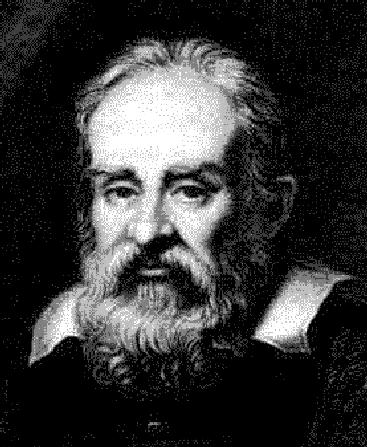
|
Name: Galileo Galilei (1564-1642)
Discoveries: the telescope and planets revolved around the Sun Description: Galileo Galilei made a good discovery great. Upon hearing at age 40 that a Dutch optician had invented a glass that made distant objects appear larger, Galileo crafted his own telescope and turned it toward the sky. Galileo quickly discovered that our Moon had craters, that Jupiter has its own moons, that the sun has spots, and that Venus has phases like our Moon. Galileo, who lived from 1564 to 1642, made many more discoveries. Galileo claimed that his observations only made sense if all the planets revolved around the Sun, a theory championed by Aristarchus and Copernicus, not the Earth, as was commonly believed. The powerful Inquisition made Galileo publicly recant this conclusion, but today we know he was correct. |
|
Name: Tycho Brahe (1546-1601)
Origin: Denmark Description: Tycho was a pioneer in recording the motion of planets and other celestial objects. But he was thinking that the earth was the center of the universe and was motionless. Most of his work was accomplished without the help of a telescope. It was all his recording which enabled Kepler to find how the planets move. |
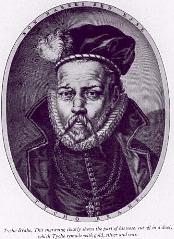
|
|
Name: Johannes Kepler (1571-1630)
Origin: Germany Discoveries: How planets move, modern optics Description: Johannes Kepler used simple mathematics to describe how planets move. Kepler was an assistant to the most accurate astronomical observer of the time, Tycho Brahe. Kepler was able to use Brahe's data to show that planets:
Kepler lived during the time of discovery of the telescope. He was one of the few vocal supporters of Galileo's discoveries and the Copernican system of planets orbiting the Sun instead of the Earth. |
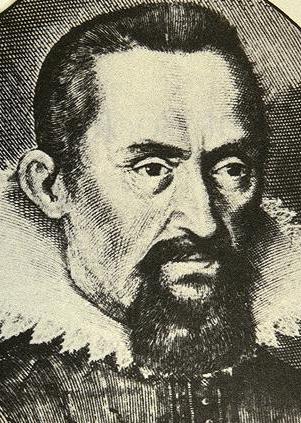
|
|
Name: Jean Picard (1620-1682)
Origin: France Discoveries: Length of a longitude Description: Jean Picard was the first one to compute the size of the Earth. |

|
Name: Isaac Newton (1643-1727)
Origin: England Discoveries: the gravity Description: Sir Isaac Newton changed the world. Born in 1643, Newton was only an above-average student. But he went home from Cambridge one summer in 1665, thought a lot about the physical nature of the world, and came back two years later with a revolutionary understanding of mathematics, gravitation, and optics. A professor of his, upon understanding what Newton had done, resigned his own position at Cambridge so Newton could have it. Newton's calculus provided a new mathematical framework for the rapid solution of whole classes of physical problems. Newton's law of gravitation explained in one simple formula how apples fall and planets move. Newton's insights proved to be so overwhelmingly powerful he was the first scientist ever knighted. |
|
Name: Sir Edmond Halley (1656-1742)
Origin: England Description: Sir Edmond Halley was quite a discoverer. Born in 1656, he computed in 1705 that a bright comet was periodic and would make another appearance in 1758. The comet appeared as predicted and is now known as Halley's Comet. Unfortunately, Halley died in 1742 and never saw his prediction come true. In 1716, Halley proposed two types of diving bells that would enable people to explore the deep sea. Halley pioneered our understanding of trade winds, tides, cartography, naval navigation, mortality tables, and stellar proper motions. Halley (incorrectly) proposed that the Earth was made of concentric spheres the size of the inner planets each of which might contain life. Perhaps Halley's greatest discovery, however, was that his contemporary Isaac Newton had discovered a powerful mathematical formulation of gravity. |
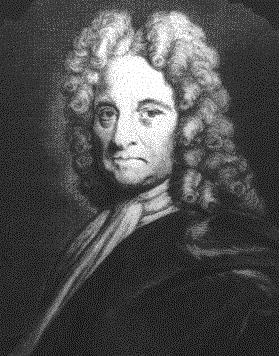
|
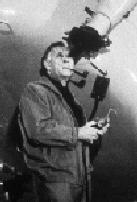
Edwin Huble by Allan Sandage |
Name: Edwin Powell Hubble (1889-1953)
Origin: America (Missouri) Discoveries: First evidence of expansion of the Universe (In his honor, we created the H constant representing that expansion.) Description: Edwin Powell Hubble created many classifications of celestial objects: Sequence of Galaxies. Discussion: Still today, the Hubble constant is discussed. The fact that the Universe is in expansion is not a question anymore, however the Hubble constant is. The problem of the Hubble constant is also in direct link with the birth of the Universe, what we believe has been a Big Bang (I personnaly don't quite believe in this theory, but that's not the point here.) The Hubble constant represents the speed of an object which would be at the border of the universe conpared to a still center (hypothetical center that is!).
|
|
Name: John Bevis
Descoveries: In 1731, John Bevis saw the Crab nebula which was forgotten since 1064, when a star exploded leaving an incredibly bright area in the sky for almost a month. |
|
Name: Charles Messier (Jun 26, 1730-1817)
Origin: France Discoveries: many celestial objects Description: Charles Messier has been a pioneer in looking at hundred of objects in the sky. He first has been looking for comets but he found many other celestial, fuzzy looking objects. He soon decided to created the "Catalogue of Nebulae and Star Clusters," first published in 1774. (Galaxies, nebulae and stars noted with an M today have been seen by Charles Messier.) |
